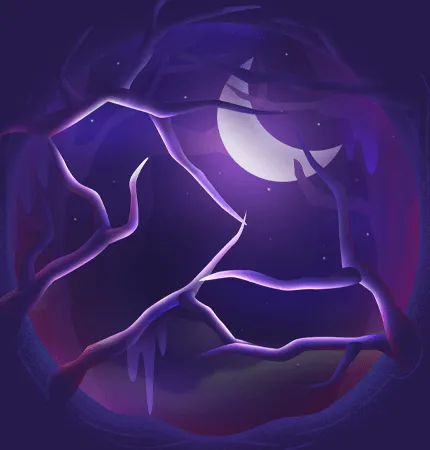
Relentless Replicators
Command Line Heroes • • Relentless Replicators | Command Line Heroes
Relentless Replicators | Command Line Heroes
About the episode
Computer viruses and worms haunt the internet. They worm their way into a system, replicate, and spread again. It’s a simple process—with devastating consequences. But there’s a whole industry of people that rose up to fight back.
Craig Schmugar recalls how he and his team responded to MyDoom, one of the fastest-spreading worms ever. Dr. Nur Zincir-Heywood reveals the inner workings of viruses and worms, and how they draw their names from the world of biology. And security expert Mikko Hypponen shares advice on avoiding malware. But he also warns that we’re in an arms race against malware developers.
订阅
Subscribe here:
脚本
About the show
Command Line Heroes
During its run from 2018 to 2022, Command Line Heroes shared the epic true stories of developers, programmers, hackers, geeks, and open source rebels, and how they revolutionized the technology landscape. Relive our journey through tech history, and use #CommandLinePod to share your favorite episodes.
